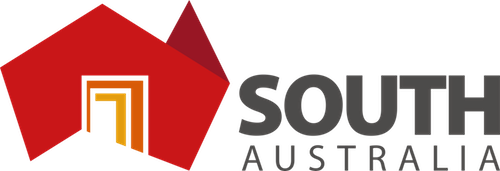In March of 2015, The South Australia Royal Commission into the Nuclear Fuel Cycle was formed to consider four areas of possible participation for the Australian state in the nuclear fuel cycle. The four areas were consideration were exploration and extraction of radioactive minerals, processing of such minerals and production of materials containing radioactive substances, the use of nuclear materials to generate electricity and the storage and disposal of radioactive and nuclear waste. The South Australian government has just made public their 344 page report public which was finished on May 6th at a cost of over five million dollars. The final report made twelve recommendations for increasing the involvement of South Australia in the nuclear fuel cycle.
The commission conducted a "independent, evidence based process that was open and transparent." It invited the submission of papers relevant to the risks and opportunities associated with each of the four areas of consideration. There were public sessions with expert witnesses which were streamed lived over the Internet. Investigators from the commission visited fuel facilities in Asia, Europe, North American and the Middle East. has issued its final report.
The report stated that it recognized that there would need to be public consent for any actions undertaken by the South Australian government. That having been said, the report also requested that the state legislature refrain from any debate on the legality of proposed actions so that the discussing of the contents of the report could take place without involving legislative arguments.
The report stated that it would be "beneficial" to the state to expand uranium exploration and mining. However, the report said that the existing regulatory process for approving new uranium mines was "unnecessarily duplicative at the state and federal levels". The commission recommended that the state and federal uranium mining approval process be simplified and unified. The report called for decommissioning and remediation costs to be secured in advance for any new uranium mining projects.
There is currently a federal prohibition on licensing any nuclear fuel cycle facilities in Australia. The report suggested that such prohibitions be removed although it admitted that it would not be commercially viable to license any such facilities for at least a decade in view of the current "oversupplied" market for nuclear fuel.
With respect to the use of nuclear materials to generate electricity, the commission found that it would not be "commercially viable" to construct and operate a nuclear power reactor in the state because of the current rules that govern the current energy market. The report did mention that nuclear power might be necessary in the future as "a low-carbon energy source comparable with other renewable technologies." The report recommended that the state government should "pursue removal at the federal level of existing prohibitions on nuclear power generation to allow it to contribute to a low-carbon electricity system, if required".
The report recommended that the state government establish storage and disposal facilities for multi-national spent nuclear fuel and intermediate-level nuclear waste. The report said that the state "has the necessary attributes and capabilities to develop a world-class waste disposal facility, and to do so safely". Based on a "cautious and conservative approach." The report concluded that over the projected one hundred and twenty year lifespan of the project, the state could receive over seven billion dollars of income including twenty four billion dollars for closing facilities and continuing monitoring after closure.
